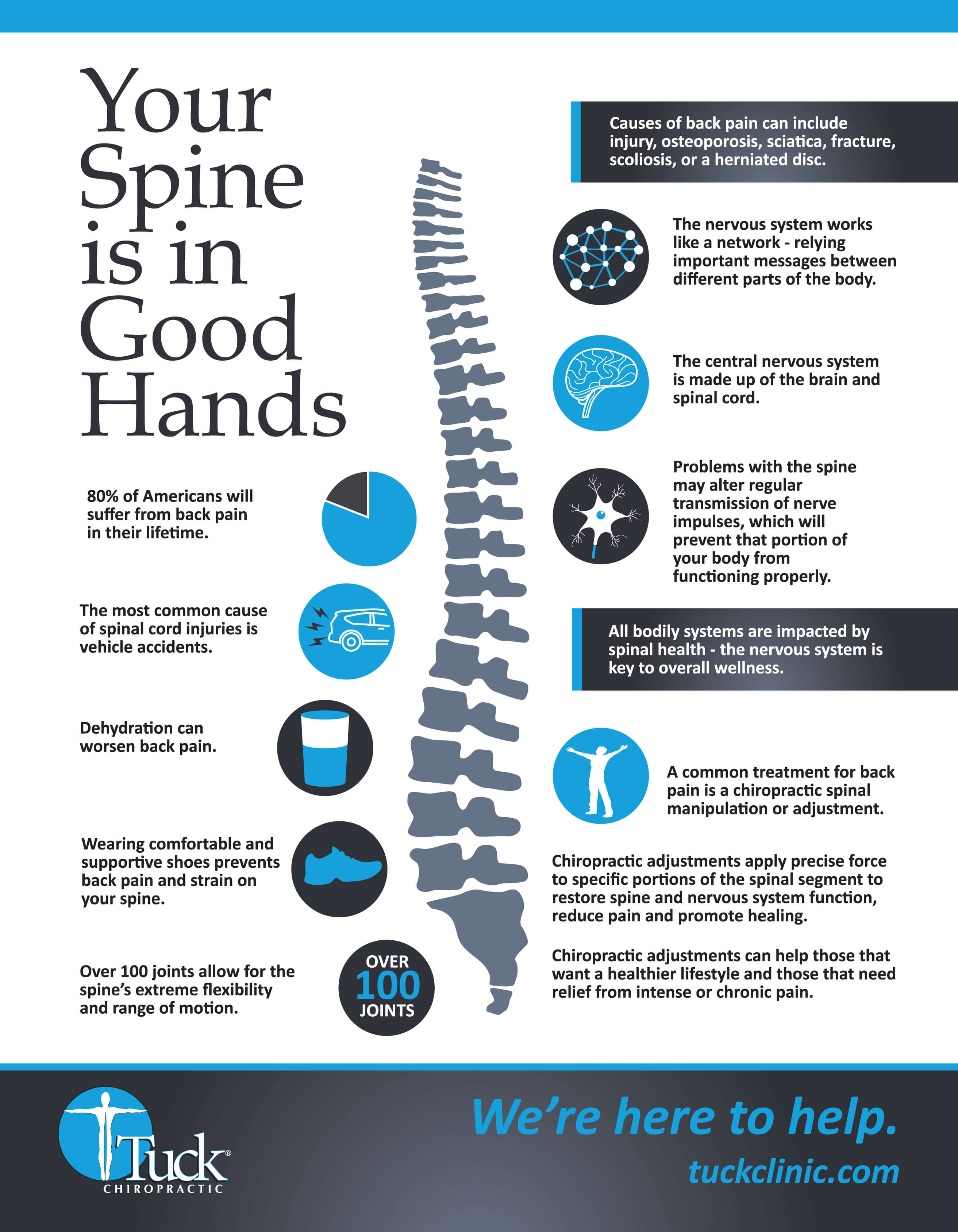A Guide To Developing An Ergonomic Work Area To Minimize Neck Discomfort: Step-By-Step Directions
A Guide To Developing An Ergonomic Work Area To Minimize Neck Discomfort: Step-By-Step Directions
Blog Article
Written By-Frazier Bass
To avoid neck pain at your workstation, guaranteeing your arrangement is ergonomically sound is important. Visualize a workspace where each element is tailored to support your body's positioning and minimize strain. By following a couple of basic actions, you can change your desk location into a place of comfort and productivity. Yet how specifically can you achieve this harmonious balance between work and well-being? Let's check out the important ideas to produce an ergonomic office that will keep neck pain away.
Assess Your Current Arrangement
Wondering if your present work space is contributing to your neck pain? Take a moment to evaluate your setup. Beginning by taking a look at your computer system screen. Is it at eye level, or do you find yourself constantly seeking out or down? Change the display so that your look is normally in accordance with the top of the display.
Next, consider your chair. Are you slumping over or hunching over while you function? Your chair should support your lower back and advertise good position. Readjust the height to ensure that your feet are level on the flooring and your knees are at a 90-degree angle.
Take notice of the placement of your keyboard and mouse. Are they within simple reach, or are you regularly getting to and straining your arms and shoulders? Keep these tools near to your body to lessen unnecessary movements.
Last but not least, think of your lighting. Is it too intense or as well dim? Proper lights can decrease eye strain and alleviate tension in your neck. Make these small adjustments to develop a more ergonomic work area and aid ease your neck discomfort.
Adjust Your Chair and Workdesk
To develop a much more ergonomic office and decrease neck discomfort, making certain proper adjustment of your chair and desk is critical. Start by changing your chair so that your feet rest flat on the flooring, knees are at a 90-degree angle, and your lower back is sustained by the chair's lumbar support. Your desk should go to arm joint height to keep appropriate arm setting and decrease stress on your neck and shoulders. Ensure there suffices space under the desk for your legs to move conveniently.
When changing Read the Full Posting , ensure your wrists continue to be straight while keying and using the mouse. Your monitor needs to be at eye degree, regarding an arm's size away, to prevent you from straining your neck by looking down or up. Maintain your key-board and mouse near to stay clear of overreaching, which can create shoulder and neck pain.
Remember to take https://www.phillymag.com/be-well-philly/massage-philly/ and stretch regularly to prevent tightness and promote flow. By properly adjusting your chair and workdesk, you can create an office that sustains excellent stance and minimizes the risk of neck discomfort.
Setting Your Display and Key-board
For optimum comfort designs and to relieve neck strain, proper positioning of your monitor and keyboard is crucial in your office arrangement. Begin by positioning your screen directly in front of you at arm's length away, ensuring the top of the screen is at or slightly listed below eye level. This helps reduce stress on your neck by keeping it in a neutral setting.
Placement the keyboard to make sure that your arm joints are bent at a 90-degree angle and your wrists are straight while typing. Your keyboard should be positioned at a height that allows your shoulders to stay kicked back and your arms to be parallel to the flooring. In addition, make sure the mouse is positioned beside your keyboard at the same degree to prevent reaching or turning.
Keep in mind to take time-outs to extend and adjust your stance throughout the day, preserving good positioning and avoiding neck pain. A well-organized office with effectively placed display and key-board can dramatically influence your convenience and efficiency.
Conclusion
Finally, by adhering to these straightforward actions to develop an ergonomic work space, you can substantially lower neck discomfort and pain. Remember to examine your current arrangement, change your chair and workdesk, and position your monitor and key-board correctly. By taking these proactive procedures, you can enhance your total comfort and performance while working.
